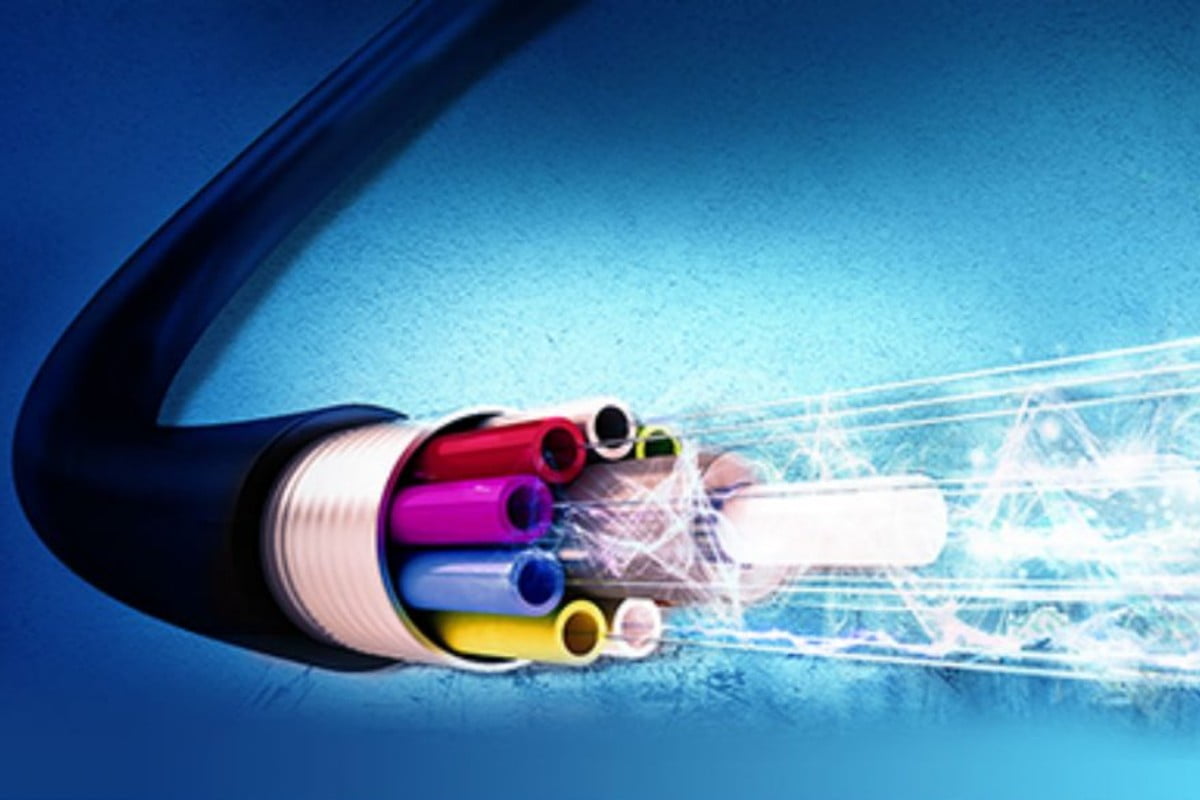
Broadband connections are an integral part of today’s fast-paced world. The traditional broadband connections make use of copper phone lines to transact information. On the other hand, the latest technology in this segment uses fibre optic cables that traverse much longer distances despite comprising security as these cables are more reliable than copper at a relatively cheaper cost. Also, fibre optic cables are easier to scale than copper cables. Let’s take a look at how fibre broadband and traditional connections are different from one another.
Fibre Broadband vs Traditional Broadband
Talking about the differences, the fibre broadband connections have more advantages than traditional broadband. These differences are detailed below.
High-speed: The fibre broadband connections use high-speed fibre optic cables in order to deliver colossal data sets through larger distances. Also, it makes collaboration easier and faster. It offers data speeds of up to 40 Gbps with balanced download and upload bandwidth, enhanced productivity, customer communication, collaboration, and browsing as compared to traditional ADSL technology.
High bandwidth: If you are looking for higher bandwidth for personal or business use, then you should invest in fibre broadband. Traditional broadband connections with copper wire infrastructure to transmit data were used for voice call transmission and do not require higher bandwidth. The development of internet technology brings the necessity to transmit data at high speeds over long distances. These could be resolved with fibre optic cables. Notably, fibre optic cables were designed for long-range networks. Some fibre types can transmit data up to 25 miles.
High reliability: Fibre broadband provides consistent performance as there is a dedicated line to the users. Eventually, there is no delay in data processing and latency. ADSL broadband connections use a shared cable wire between users that can result in higher downtime and slower data transfer.
High productivity: Fibre broadband connections provide a faster download or upload speed, thereby letting users to enjoy uninterrupted audio or video conferencing, browsing and streaming irrespective of the number of devices that are plugged into the broadband connection.
Cable size: The internet speed is correlated with the right of the cable material that is used. The traditional broadband connection makes use of a copper cable to transfer data and copper is heavier than fibre, so it will reduce the speed. Copper wires consume large storage space while the fibre optic cables that are micro-thin can be stored in half the space of copper.
Cost: It is expensive to set up a fibre broadband connection than the traditional ADSL connection. However, the cost of ownership over a longer time frame is lower as it is more durable, cheaper and requires less hardware.















